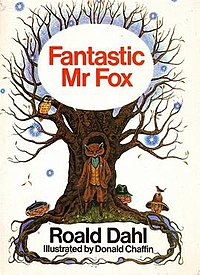<This review contains spoilers>
I read this book (on my new Nook Color) thinking it was a fresh, upbeat novel and it just astounded me. For some reason, not until I read the acknowledgement at the end of the author giving credit to Rudyard Kipling did I make the connection that this was The Jungle Book reset in a graveyard. The 2010 Newbery winner, The Graveyard Book is another bildungsroman of young Mowgli--err Nobody Owens; a young child orphaned by a murdering Sheer Khan/Jack Frost. He escapes to the jungle/graveyard where he is raised by a family of wolves/ghosts along with the help of a bear/vampire and a black panther/werewolf. The young boy learns tricks that make him different from other humans, interacts with a young girl who he loses to civilization, is kidnapped by a group of monkeys/ghouls and fights the member of the group that killed his family--tiger/Jack of All Trades. I feel like a moron for not noticing this as I was reading, the titles are even the same! I don't think it would have distracted me from enjoying it. It is definitely a macabre book.
Despite the obvious similarities, the book was an excellent read and one that I would highly recommend to any age group above about 8 years old. There is some gruesomeness, murder, violence and paranormal activity.
Neil Gaiman reads from The Graveyard Book:
Blogger's Note: Just picked up a Nook Color to read this with. This thing is going to cost me money! I've rooted the Nook to run as an Android tablet, and prefer it's 7" width because I can palm it with one hand and read it versus the iPad. I read the whole book and did some internet browsing for a couple of days before having to recharge it, it doesn't power down too quickly if you lay it down for a moment, it holds your place, is easy on the eyes to read and my 5 year old is reading his own books (and playing Angry Birds) on it now.
My local library didn't have this book and it took like 20 seconds to find the book, buy it and start reading!










